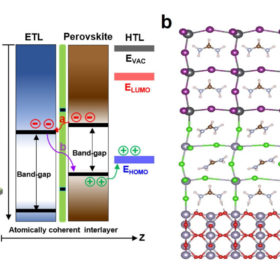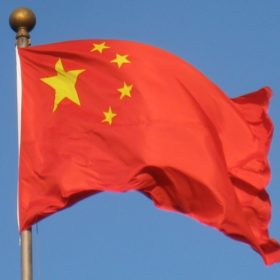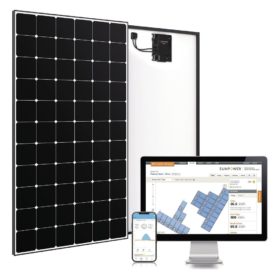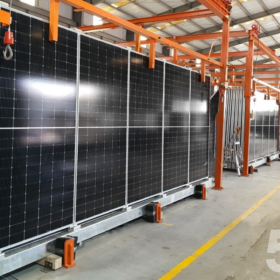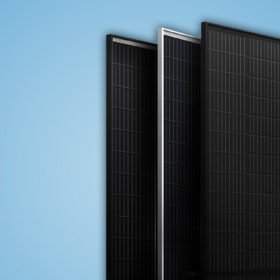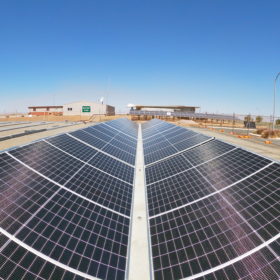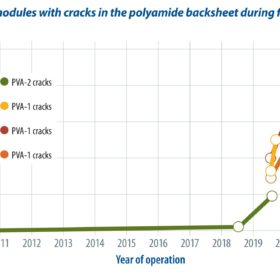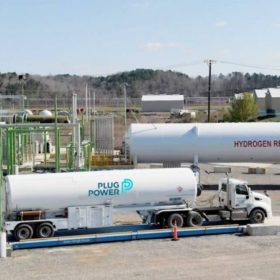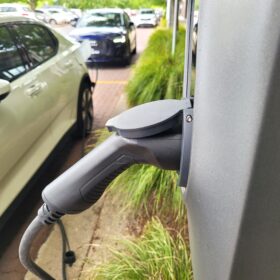Korean researchers achieve 25.8% efficiency for single junction perovskite solar cell
The record efficiency was obtained thanks to an interlayer placed between the electron-transporting layer and the perovskite layer, which eliminated the need for passivation. The cell was also able to retain around 90% of its initial efficiency after 500 hours under standard illumination.
Will China’s ‘double carbon’ and ‘dual control’ policies drive demand for solar?
Factories suffering from rationed grid electricity could help drive a boom in on-site solar systems, and recent moves to mandate the retrofitting of PV on existing buildings could also lift the market, as analyst Frank Haugwitz explains.
Saturday read: Supplying across, through APAC market segments
One year on from its spinoff from SunPower, cell and module maker Maxeon Solar Technologies is looking to supply both “across and through” the solar market segments in the Asia-Pacific region. Chris O’Brien, the vice president of APAC for Maxeon, says that the region is set to grow in importance among PV marketplaces, with opportunities on the home, business and free field.
5B backs bigger is better with new generation of modular solar solution
Sydney-based prefabricated solar array manufacturer 5B has taken the wraps off a new generation of its re-deployable modular Maverick solar technology which it says is not only quicker and easier to install than the previous model but 30% more powerful.
Big modules head for standardisation
PV manufacturing giant Trina Solar says it has agreed with other industry players on a set of standard dimensions and other technical specifications for PV modules utilising 210mm wafers – the largest currently available on the market. The manufacturer says it expects the China Photovoltaic Industry Association to formally release the standard before the end of October.
The changing landscape of the modular marketplace
The modular solar marketplace is growing, especially in Australia where remote mining and agricultural sites appreciate the benefits of compact, moveable solar. One new entrant is Western Australia’s CDI Energy with its “Rapid Solar Module”, which CDI founder and CEO Darryl Bower told pv magazine is up to 30% cheaper than fixed axis alternatives.
New tracker design for agrivoltaics
Spanish company Axial Structural is introducing a new type of tracker for agrivoltaic installations. The product can be adapted to various ground conditions and gradients, with programmable to optimise light and shade for different crops in different climates.
Sunday read: To replace or repair
Backsheet chalking, especially of polyamide backsheet films, doesn’t take long to lead to cracks and then safety shutdowns. Sometimes, though, the period may be much longer or shorter than expected. Assessing the risk and whether on-site repairs offer a long-term solution is currently a topic of strong debate within the PV industry, as Cornelia Lichner from the pv magazine Deutschland team reports.
Saturday read: Powerful equation to expand C&I
Big rooftop PV systems on factories, warehouses and public buildings need not be limited by ownership issues nor local grid capacity, claims Australian innovator EleXsys Energy. The company is maxing out an Ikea in Adelaide, Australia, with solar and storage. And it claims its smart technology can allow the same to be done elsewhere.
Fortescue links with Plug Power to build electolyser gigafactory
Fortescue Future Industries has revealed it will partner with North American hydrogen technology company Plug Power to build the world’s largest green energy infrastructure and equipment-manufacturing facility in Central Queensland.
